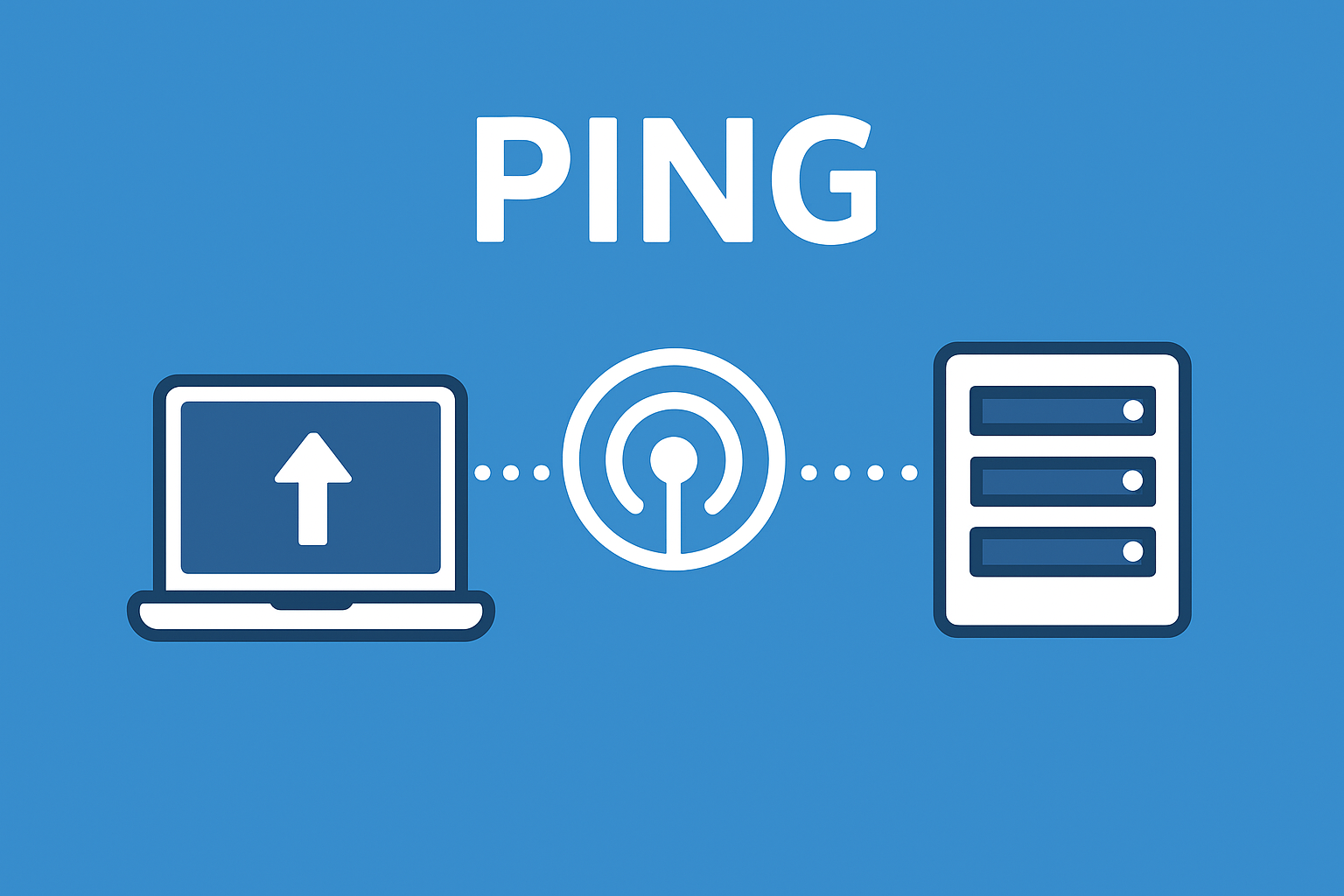
Ping
Created on 28 September, 2025 • Checker Tools • 45 views • 2 minutes read
"Learn what Ping is, how it works, and why it’s vital for network troubleshooting, server monitoring, gaming latency tests, and internet performance. A complete guide to Ping."
Ping: The Essential Network Diagnostic ToolIn networking, few tools are as simple yet powerful as Ping. Whether you’re troubleshooting connectivity issues, testing server availability, or measuring latency, Ping remains a fundamental command for IT professionals, developers, and even everyday users. This guide explains what Ping is, how it works, and why it is essential for network performance.
What is Ping?
Ping is a basic network utility used to test whether a device or server is reachable over an Internet Protocol (IP) network. It works by sending packets of data (known as ICMP Echo Requests) to a target host and waiting for a reply (ICMP Echo Reply).
If the target responds, the Ping test confirms that the connection is working. It also measures latency—the time it takes for data to travel between the source and destination.
Why is Ping Important?
Ping plays a crucial role in:
Troubleshooting Connectivity – Quickly identify if a server or device is online.
Measuring Latency – Determine the response time between networks.
Network Monitoring – Detect packet loss or slow connections.
Performance Testing – Check the quality of gaming servers, websites, or cloud platforms.
How Does Ping Work?
When you use the Ping command, it sends small packets to the target host. These packets contain:
The source address (your device).
The destination address (the server or device being tested).
A sequence number and timestamp.
The target host replies if it is reachable, and the Ping tool calculates the round-trip time (RTT). If no reply is received, the host may be offline, unreachable, or blocking ICMP traffic.
Common Ping Commands
Depending on your operating system, Ping usage varies slightly:
Windows – ping example.com
Linux/macOS – ping example.com (continuous by default, stop with Ctrl+C)
Options – Add parameters like -t (continuous ping in Windows) or -n (specify number of packets).
Use Cases of Ping
Network Troubleshooting
If you can’t connect to a website, running Ping can confirm whether the issue lies with your device, network, or the server itself.
Server Availability Monitoring
Web administrators use automated Ping checks to ensure their servers are online and accessible.
Gaming and Latency Testing
Gamers often rely on Ping tests to measure server response times. A lower Ping value indicates smoother gameplay.
Internet Speed Diagnostics
Ping results, combined with bandwidth tests, help analyze the quality of an internet connection beyond just speed.
Limitations of Ping
While Ping is extremely useful, it has some limitations:
Some servers block ICMP requests for security reasons.
Ping cannot diagnose all network issues, such as DNS failures.
High Ping does not always indicate poor performance—it depends on the network’s purpose.
Conclusion
Ping is a simple yet powerful tool that provides immediate insights into network connectivity and performance. From everyday troubleshooting to professional server monitoring, Ping remains a trusted utility in networking.
By understanding how to use Ping effectively, businesses and individuals can detect problems faster, ensure reliable connectivity, and optimize overall network performance.
Popular posts
-
Barcode readerMisc Tools • 103 views
-
Color pickerMisc Tools • 88 views
-
Exif readerMisc Tools • 82 views
-
SHA-256 generatorGenerator tools • 65 views
-
Ip LookupChecker Tools • 62 views